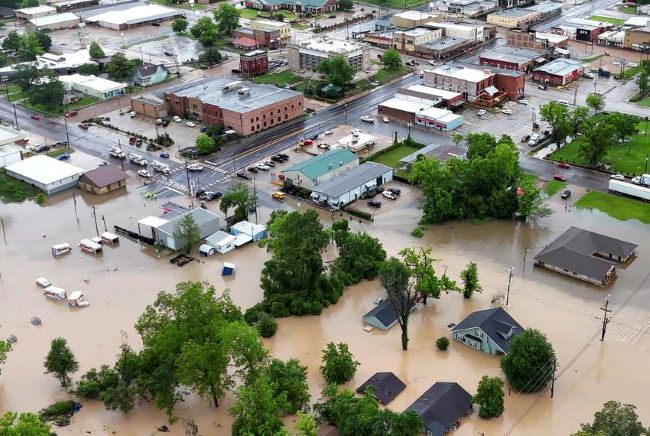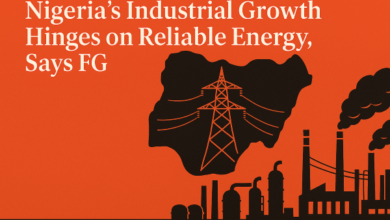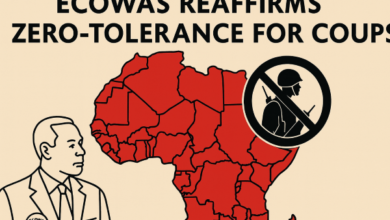Texas Flood Disaster: 81 Dead, Dozens Missing as ‘Rain Bomb’ Wreaks Havoc on Hill Country

Texas is once again grappling with the fury of nature as flash floods ravaged the Hill Country over the weekend, leaving at least 81 people dead, dozens missing, and communities decimated. With climate volatility escalating, the economic, infrastructural, and emotional tolls are mounting.
Unprecedented Flood Devastation in America’s ‘Flash Flood Alley’
At least 81 people have been confirmed dead, and 41 remain missing following catastrophic flash floods that hit Central Texas on Friday, in what experts now describe as one of the worst flooding disasters in the state’s modern history.
The worst-hit area is Kerr County, where 68 fatalities—including 28 children—were recorded. A Christian summer retreat, Camp Mystic, located on the banks of the Guadalupe River, became the epicenter of the tragedy as the river rose 26 feet in just 45 minutes, sweeping through the campgrounds while many were still asleep. Ten girls and a camp counselor are still missing.
Tragically, the camp’s revered director, Richard “Dick” Eastland, is among the deceased, marking an end to an era for a facility beloved by generations of Texan families.
Disaster Scope Expands Across Multiple Counties
Beyond Kerr, fatalities have also been confirmed in:
- Travis County – 5 deaths
- Burnet County – 3 deaths
- Williamson and Kendall Counties – 2 each
- Tom Green County – 1 death
Authorities have cautioned that these numbers are rapidly evolving as search-and-rescue operations transition into recovery efforts. Toxic floodwaters, debris, and even venomous snakes continue to complicate rescue missions.
Texas Governor Greg Abbott, after touring the affected areas, declared:
“We will stop at nothing to find every missing person. It was nothing short of horrific to see what those young children went through.”
President Donald Trump swiftly approved a Federal Disaster Declaration for Kerr County, activating FEMA assistance and promising a visit to Texas this week.
Climate Chaos and the Business of Disaster Response
The torrential rainfall—between 10 to 12 inches in mere hours—was fueled by remnants of a tropical storm stalled over Central Texas. Meteorologists are calling it a “rain bomb”, a climate phenomenon where stationary low-pressure systems unleash intense, localized downpours.
According to KSAT meteorologist Sarah Spivey, Texas’ limestone terrain, with poor water absorption, compounds the risk, turning gentle hills into raging torrents.
The economic fallout is expected to be massive. Infrastructure has crumbled, with highways, power lines, and residential properties severely damaged. Initial estimates project millions of dollars in property losses, with insurance payouts, reconstruction contracts, and relief logistics soon to become major industry concerns.
The Federal Emergency Management Agency (FEMA) and the Guadalupe-Blanco River Authority have cited historical parallels to the 1998 Hill Country floods, which killed 12 and prompted a landmark flood mitigation report. That report prophetically warned:
“Given the right circumstances, a rare combination of weather events can shatter previous limits—including man’s best efforts to determine the magnitude of floods.”
Resilience Amid Ruin: Community and Corporate Response
Despite the devastation, stories of heroism and solidarity are emerging. Locals like Alma Garcia and Perla Ramirez have become symbols of Texas resilience—delivering meals, dry clothes, and supplies to the displaced. Veteran volunteers like Greg Froelick, a former Navy SEAL, are scouring riverbanks for survivors and remains, with reports of debris scattered as far as eight miles downstream.
Across Texas, nonprofits, churches, and businesses have mobilized resources in a race against time, even as more storms are forecasted within 48 hours.
What It Means for the Business, Insurance, and Policy Ecosystem
This tragedy brings into sharp focus the escalating cost of climate disasters and the urgent need for policy realignment, insurance innovation, and resilient urban planning.
Insurers and reinsurers will be watching closely. With weather-related claims rising, Texas could soon witness premium adjustments and coverage restrictions in high-risk zones, much like Florida post-hurricane cycles.
Disaster tech startups, logistics companies, and infrastructure contractors are also expected to step in—turning tragedy into opportunities for innovation in resilient design, early-warning systems, and climate-adaptive infrastructure.
For policymakers, the event reiterates the need to:
- Expand smart alert systems
- Enforce zoning laws in flood plains
- Invest in climate-resilient infrastructure
- Fund community-based disaster education
Global Condolences, Local Accountability
Pope Leo XIV, during his Sunday message in Rome, offered a solemn tribute to the victims:
“We pray for the daughters and families in Texas who have suffered from the devastating flood of the Guadalupe River. May God console them.”
The message was clear: while the world mourns, Texas must act—not only to rebuild but to rethink how it lives with water in an era of climate unpredictability.
Bottom Line
The 2025 Texas Flood is more than a humanitarian tragedy—it is a business, governance, and climate wake-up call. The Hill Country, known for its scenic beauty, now also stands as a symbol of how fragile human systems are in the face of climate extremes. If stakeholders—from government and businesses to insurers and residents—fail to adapt, the cost of inaction will only grow.










